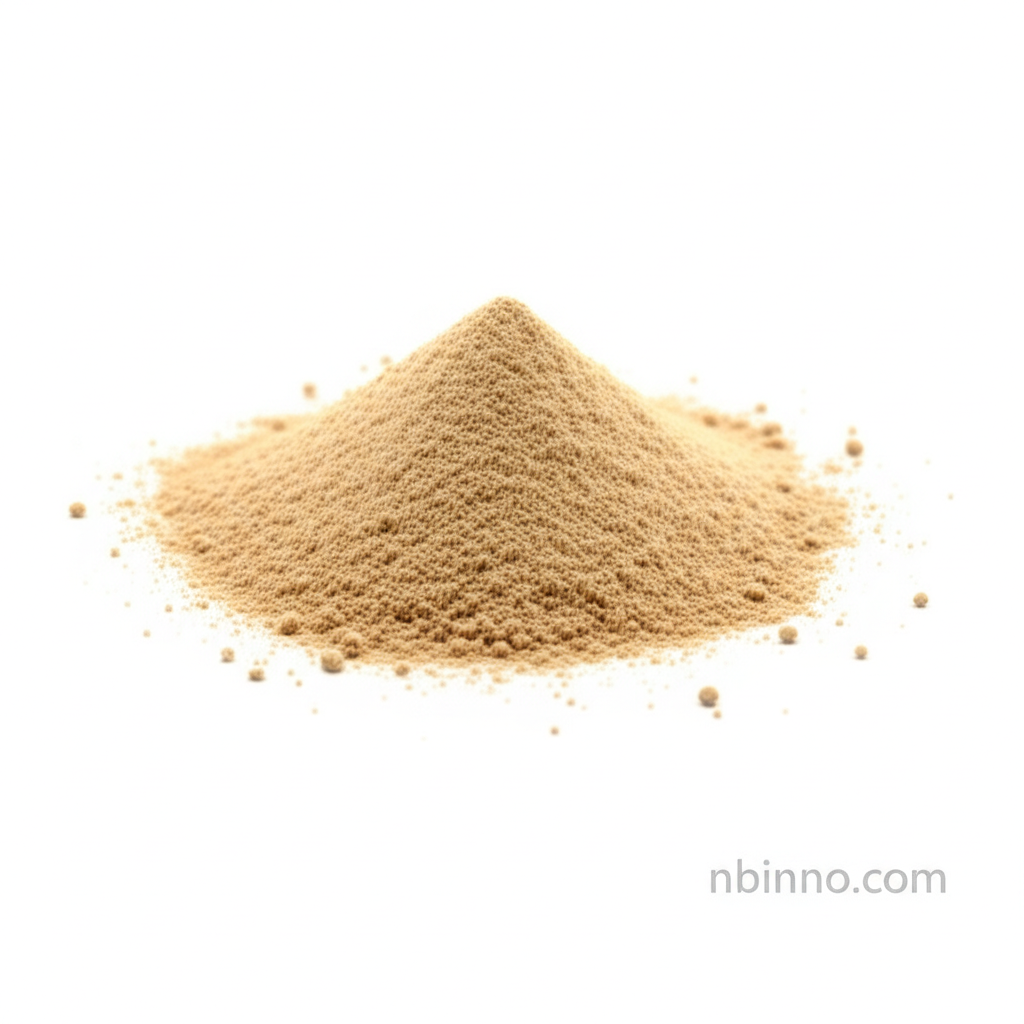Eco-Friendly Textile Desizing: Harnessing Thermostable Amylase for Starch Removal
Discover the power of enzymes in textile processing for a sustainable and efficient desizing experience.
Get a Quote & SampleProduct Core Value

Thermostable Amylase for Textile Desizing
This advanced enzyme solution offers a superior alternative to conventional chemical desizing methods, ensuring efficient starch removal while preserving fabric integrity and promoting environmental sustainability in textile manufacturing.
- Benefit from efficient starch removal for a cleaner fabric, leveraging eco-friendly desizing enzyme solutions.
- Achieve optimal fabric preparation with thermostable amylase textile desizing, ensuring no damage to fibers.
- Explore the benefits of enzymatic desizing for textiles, a sustainable approach to fabric pretreatment.
- Understand the advantages of enzyme vs chemical desizing, leading to improved fabric quality and reduced environmental impact.
Key Advantages
Superior Fiber Protection
Utilizing thermostable amylase textile desizing ensures that fabric fibers remain unharmed, unlike harsh chemical treatments that can degrade material quality.
Environmental Sustainability
Embrace eco-friendly desizing enzyme solutions that reduce effluent pollution and promote greener textile processing practices.
Enhanced Efficiency
Optimize amylase for fabric processing to achieve faster and more thorough starch removal, boosting overall production efficiency.
Key Applications
Textile Pretreatment
Essential for preparing fabrics for dyeing and printing, ensuring uniform color uptake and a high-quality finish through effective starch removal.
Dyeing Auxiliary
Supports the dyeing process by ensuring that sized particles do not interfere with dye penetration, leading to vibrant and consistent shades.
Post-Processing
Used in finishing stages to ensure all processing aids are removed, contributing to the final feel and appearance of the textile product.
Wastewater Treatment Support
By breaking down starch into simpler, biodegradable components, this enzyme aids in reducing the chemical oxygen demand (COD) of textile wastewater.
